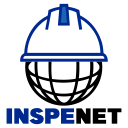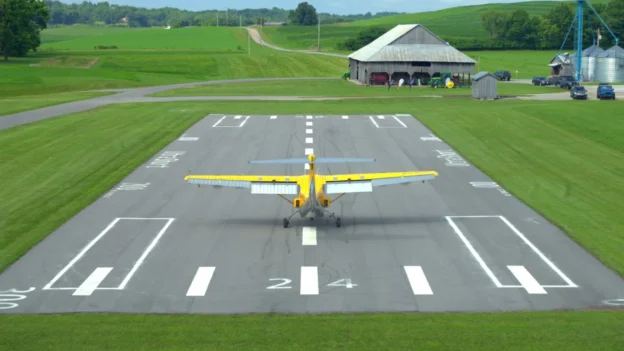The El9 Ultra Short, a hybrid-electric aircraft developed by Electrawas featured in a series of demonstration flights conducted in conjunction with Surf Air Mobility at a Virginia Tech facility. These tests, performed by the experimental EL2 model, anticipate the EL9’s capabilities to operate in minimal spaces such as fields, roads or confined urban areas.
The flights showed takeoffs in as little as 150 feet thanks to the combination of hybrid propulsion propulsion and blown lift, a technology that makes it possible to operate without the need for traditional runways. The goal: to connect small and medium-sized communities through direct regional flights, eliminating dependence on major airports and congested routes.
EL9 Ultra Short in real scenarios
The demonstrations were conducted in three types of environments, the first being on a runway for unmanned aircraft, then a test center road access, and finally, an open field within the Virginia Tech campus. This unconventional approach allowed testing of the precision, flexibility and operational adaptability capabilities that Electra promises to deliver with the EL9.
Stunning samples of the aircraft’s ultra-short flight capabilities in a variety of scenarios. Source: Electra
According to Marc Allen, CEO of Electra, these maneuvers demonstrate that it is possible to bring aviation to everyday locations without compromising safety and efficiency. Louis Saint-Cyr, CEO of Surf Air Mobility, highlighted the system’s ease of integration into existing flight networks, with reduced response times and lower operating costs.
Technology that expands the possibilities
Electra’s direct aviation concept seeks to take advantage of currently underutilized access points. The EL9 aircraft integrates easily with traditional aerial infrastructure and promises to reduce operational cost to one-third versus a helicopter or eVTOL. In addition, its design ensures 100 times quieter operation.
These characteristics open the door to new regional corridors, such as those analyzed in the Georgia Tech study in the northeastern U.S., where the distance between cities does not justify traditional commercial flights, but an agile, electric and low-cost solution such as the one proposed by Electra.
SurfOS as a key piece for marketing
Surf Air Mobility plans to use its SurfOS system to integrate future EL9 aircraft into its scheduled flight platform. With an already established operational network and millions of passengers flown, the joint business model is poised for an accelerated expansion of the electrified regional aviation concept.
Electra already has more than 2,200 pre-orders for the EL9 from 60 operators worldwide, reflecting a growing demand for solutions that combine sustainability, performance and operational accessibility.
In the coming months, the company will continue to release use cases, suggested routes and operator collaborations that will help bring the commercial deployment of the EL9 to fruition. The demonstrations at Virginia Tech mark just the beginning of a new era for air transport. regional air transportation closer, faster, and more efficient regional air transportation.
Source and photo: Electra



